Get the FREE Workbooks for May - A practical and inspirational guide to cultivate a new writing practice
WELCOME, dear fellow writer
This is the new home for Writingdates.
A place to reconnect with the joy of writing
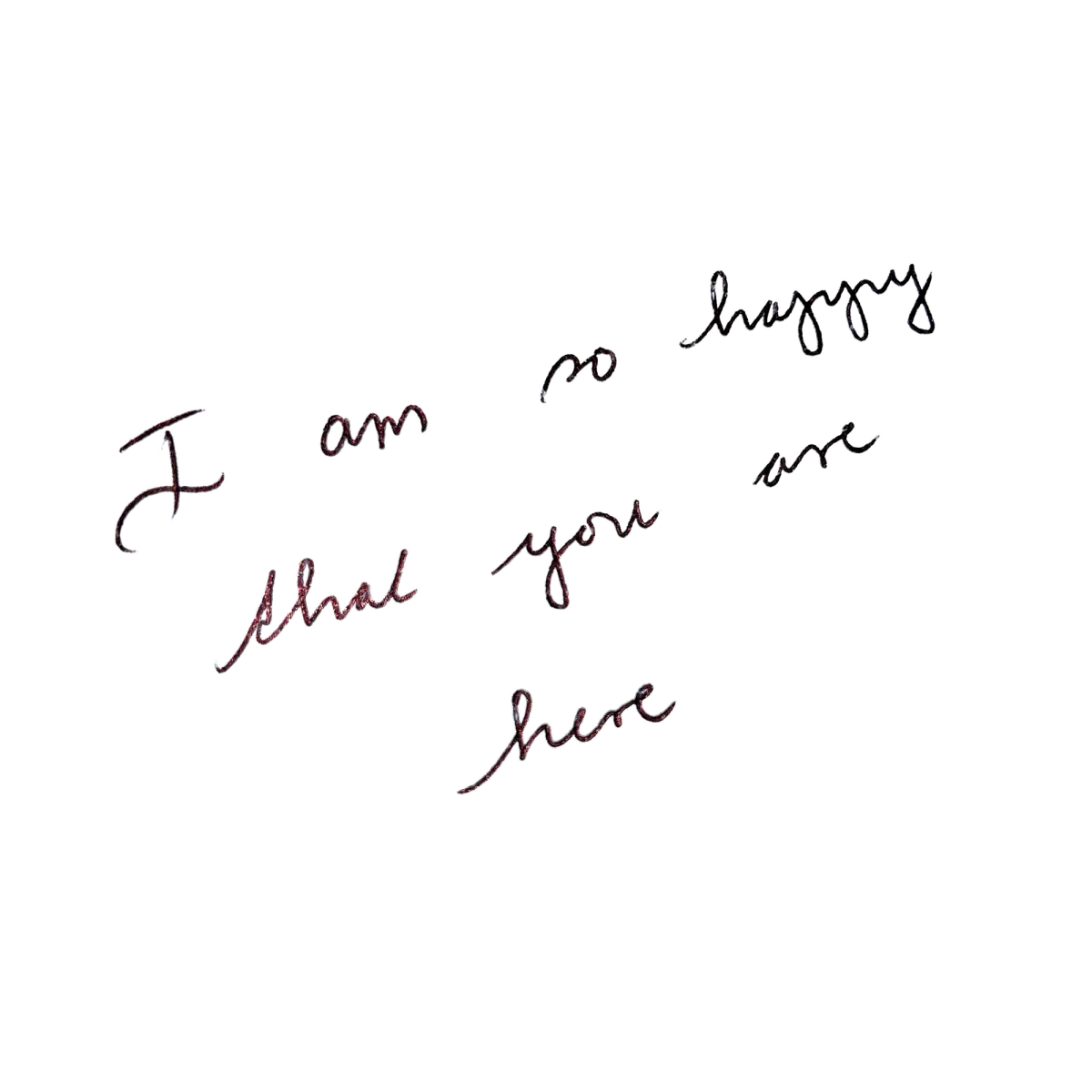
Whenever you need some inspiration for your writing adventure come and visit the Museful Scribe's Library.
Here you can browse the library of the Museful Scribe with articles and printables on everything writing
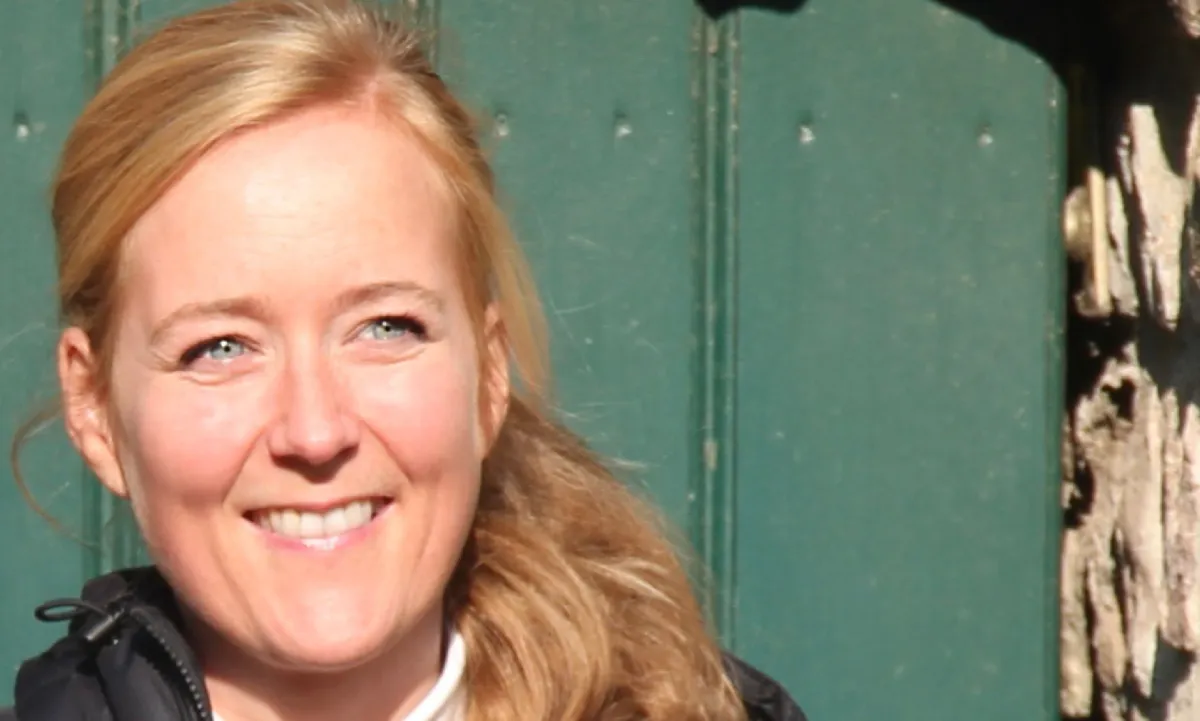
Hi, there
My name is Betina and I am a writer and the creator of Writingdates. I am a multipassionate gemini but always guided by the love of stories.
Cultivate a New Writing Practice
From the comfort of your own home, dive into a writing practice, to restore and replenish your inspiration with free monthly workbooks, and become and feel like a writer who writes.
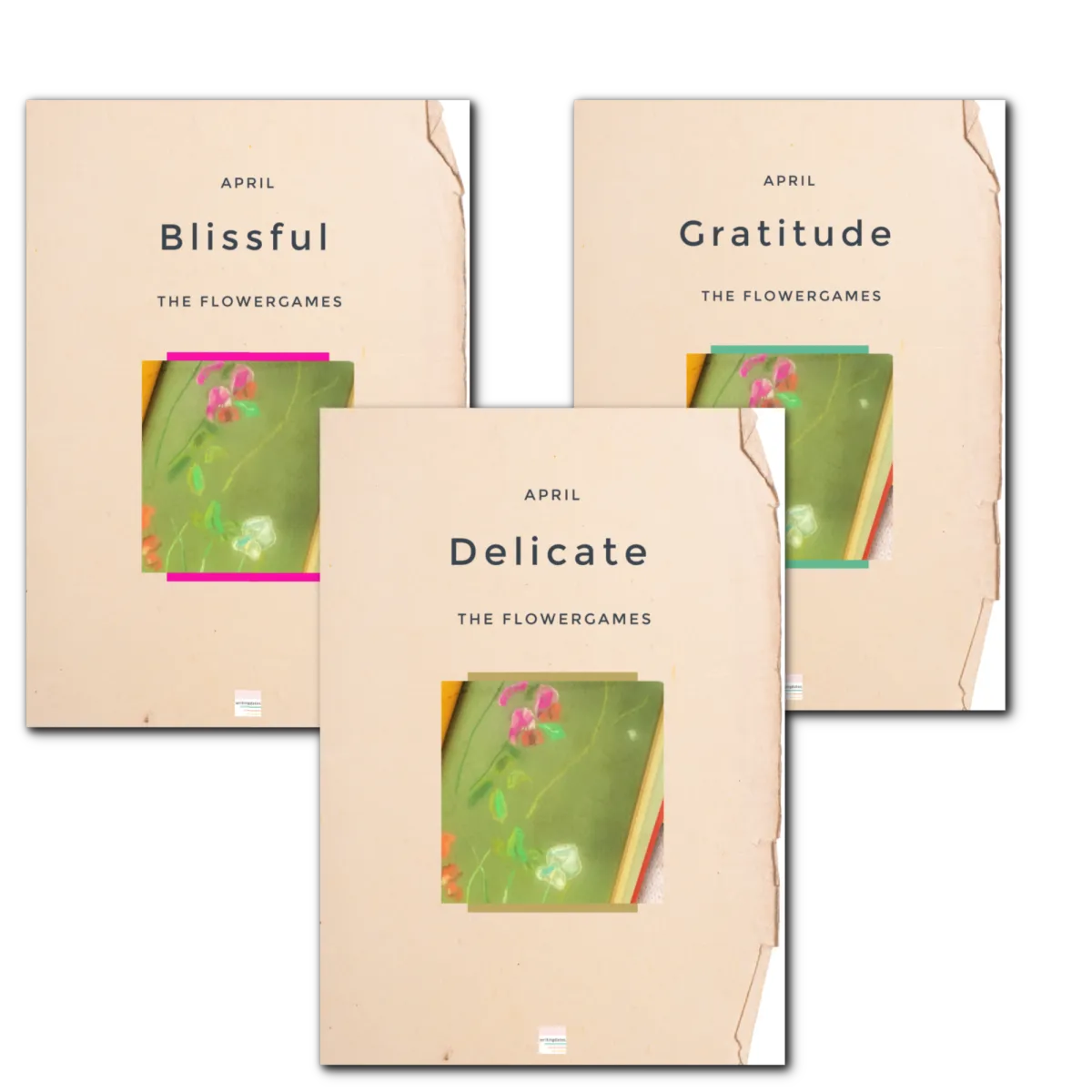
The Museful Scribe's archive
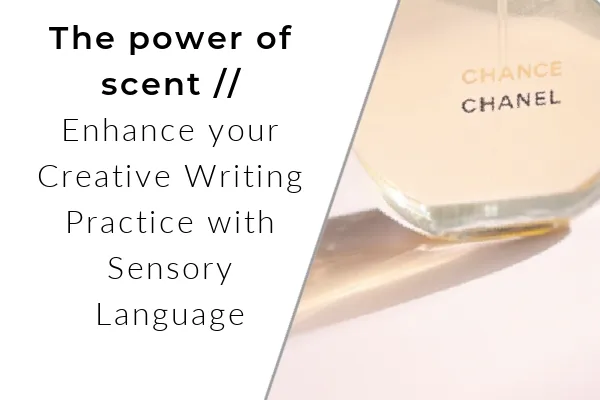
The Power of Scent: Enhance your Creative Writing Practice with Sensory Language
Introduction:
Early on, I learned to use sensory language, allowing readers to connect more deeply with the text and visualize the scenes, characters, and emotions. As a writer, I want to bring the narrative to life.
Sensory language, also known as sensory imagery or details, refers to descriptive words and phrases that engage the senses to create a vivid and immersive experience. It involves appealing to the five main senses: sight, sound, touch, taste, and smell.
However, you need to strike the right balance. In the book Old Friend From Far Away, Natalie Goldberg cautioned to keep the writing simple. Don’t write the red cherry when the word cherry is enough to invoke the image of redness.
Other recommendations
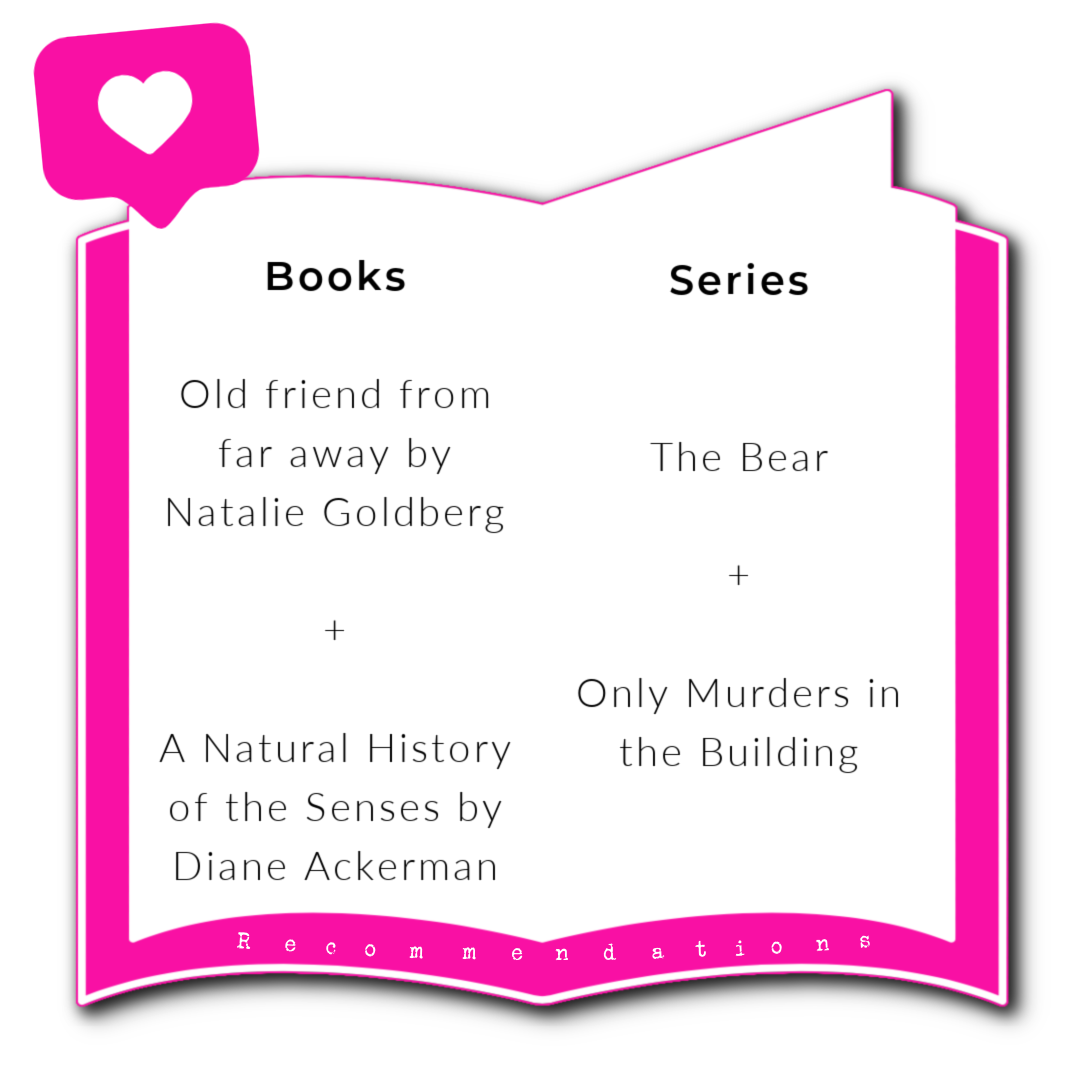
Examples of sensory language
For example, instead of simply saying, The flowers were beautiful, or go overboard and write: A vibrant tapestry of crimson, gold, and lavender blooms adorned the garden, their delicate petals dancing in the gentle breeze, releasing a sweet aroma that enveloped the air.
- Try to make the power of scent as natural as the visuals.
In the snippet below, I try to use sensory details without overloading the sensory imagery.
The lavenders released a full yet calming aroma when the pack of butterflies took flight, but her barefoot steps on the warm terrazzo floor were not enough to scare them away; the orange wings returned and settled back, now looking like flower petals moved by a calm summer breeze. Not wanting to disturb them again, she caught a whiff of her freshly brewed cup of hibiscus tea, and with the damp still in her nostrils, she sat down at the round cafe table. She flubbed her new notebook and began to write about how lavenders reminded her of death.
I tried to capture how to describe scent plainly, how a person experiences a smell, and how the power of scent can help narrate associations and memories.
From Kitchen to Creativity: The Case of Family Meal Spaghetti.
Incorporating sensory language requires a careful selection of words and attention to detail, allowing readers to engage their imagination and senses.
Using sight, sound, and touch comes fairly easy to me, but if I want to incorporate taste and smell, I have to work a bit more. Then I know it is time to learn and look for inspiration.
The inspiration for engaging the senses of taste and smell, I found when watching The Bear.
Sensory language goes beyond the mere conveyance of information; it is one of the tools the writer can use to make a scene come alive. And almost every scene in The Bear uses sensory imagery to tell the story.
Besides great storytelling, writing, and acting, I believe sensory details are one of the reasons why the hit TV show The Bear works so well. The beef sizzles and drips, celery and onions are being chopped, and every dish has its own story.
The food enables us to understand the scenes and characters more fully and feel like we are experiencing them firsthand.
Episode six of season two, Fishes, is a masterclass example of this and how sensory language evokes emotions, creates atmosphere, and enhances the overall impact of storytelling.
This episode is especially chaotic and triggering but even though both seasons tackle heavy issues, it is not all chaos. An example of this is the concept of the family meal. A dish the staff eats together before the restaurant opens, and in the Bear, a contradiction to the actual family dinners. One of those meals is the family spaghetti, which the brother used to cook, and I have a vivid image of cloves of garlic sizzling in olive oil when the main character follows the recipe. This single dish is used to show us the personality, emotions, and relationship between the two brothers with the simplicity of garlic, olive oil, and tomatoes. They even use the dish as a resolution plot point in season one.
Watching and reading like a writer
Another TV show I want to mention is Only Murders in the Building.
Old sayings can come off as cliches. However, they can also function as prompts. When watching the first episode of Only Murders in the Building, all the sayings below could fit the show. The character portrayed by Martin Short tries hard to stop and smell the roses. When the character, played by Steve Martin, cooks an omelet, the neighbor tells him how it triggers memories, and we get a whiff of nostalgia. Then the three main characters start to follow their noses when something doesn’t smell right, and counter to all their struggles, we get a scent of success when they record the first episode of a podcast called Only Murders in the Building.
Stop and smell the roses.
This saying encourages people to slow down and appreciate the small joys in life, much like taking a moment to enjoy pleasant scents.
A whiff of nostalgia.
This saying refers to scents that trigger memories from the past, highlighting the powerful link between smell and memory.
Follow your nose.
This saying suggests using intuition or instinct to guide one's actions as if following a scent trail.
Something doesn't smell right.
This saying is used to express suspicion or doubt about a situation, drawing an analogy to detecting an unpleasant odor.
Scent of success.
This saying metaphorically connects success to a pleasant fragrance, indicating the rewarding and satisfying outcome of one's efforts.
There is plenty of notable literature where authors effectively used scent descriptions to create immersive narratives. However, I am having difficulty naming books based on their ability to invoke the power of scent. I take this as a clue that the effort to master scent description is worthwhile. The challenge of translating scents into words can lead to a heightened mastery of descriptive language.
So if you want to practice along try the writing prompts below . . .
Writing Prompts
Make a note of it when you read a sensory image that uses the power of scent.
Analyze how these authors overcame the challenges and used sensory language to enhance their storytelling.
Extract passages from different genres to showcase the versatility of scent-related descriptions.
Write a scene based on one or more of the sayings above without mentioning them.
Describe the aroma of cooking a specific meal and how it evokes a special feeling.
I write to ground and connect. I write to fly and soar free.
I write because of beauty, truth, freedom and love
- THE MUSEFUL SCRIBE
JOIN || THE FLOWERGAMES
A Free Home Practice for Writing
© Copyright 2024 Writingdates

